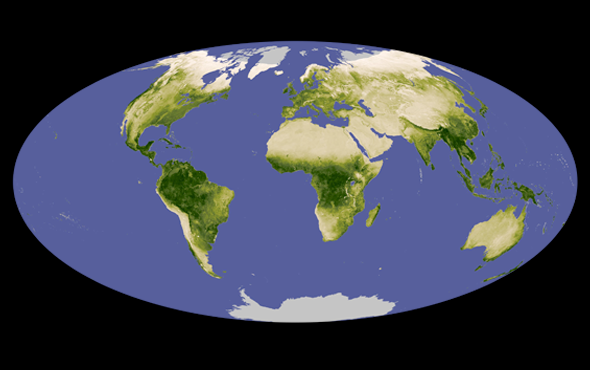TURKS AND CAICOS ISLANDS
Analysis of anole lizards collected before and after Hurricanes Irma and Maria in 2017, and 18 months later, revealed that the surviving lizards and their descendants had larger and therefore “grippier” toe pads. The team examined lizard photographs from natural history collections and 70 years of hurricane data to confirm the trend.
ITALY
Sediment samples drawn from the Tyrrhenian Sea off Italy revealed hotspots with up to 1.9 million microplastic particles per square meter—the highest concentration ever recorded on the seafloor. Most of this pollution comes from wastewater in sewage systems, researchers say.
ANTARCTICA
Paleontologists found a fossilized 40-million-year-old frog on Seymour Island, near the tip of the Antarctic Peninsula. The frog is related to modern ones living in temperate, humid conditions in the Chilean Andes.
IRAQ
Researchers probing the Turkish state archives found the earliest known record of a meteorite causing a death. The object struck a hilltop in neighboring Iraq in 1888, killing one man and paralyzing another.
JAPAN
Results gathered from the Kamioka Observatory, which includes an underground detector tank filled with 55,000 tons of water, suggest an intriguing discrepancy in how neutrinos and antineutrinos oscillate, potentially violating symmetry between matter and antimatter.
KENYA
Scientists identified a malaria-blocking microbe in mosquitoes on the shores of Lake Victoria in Kenya. Every mosquito catalogued with this apparently benign fungus was free of the disease-carrying parasite, and experiments show the fungus prevented its transmission.

